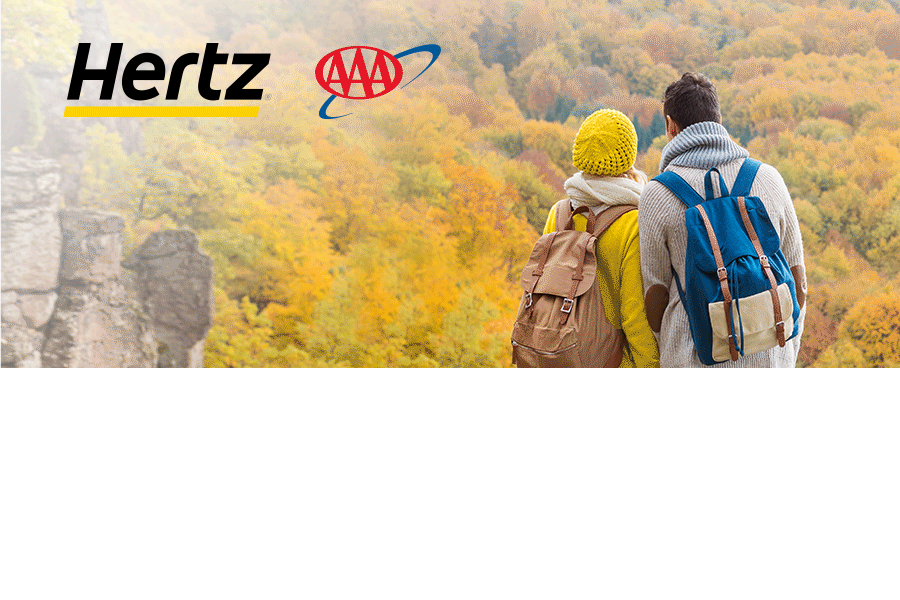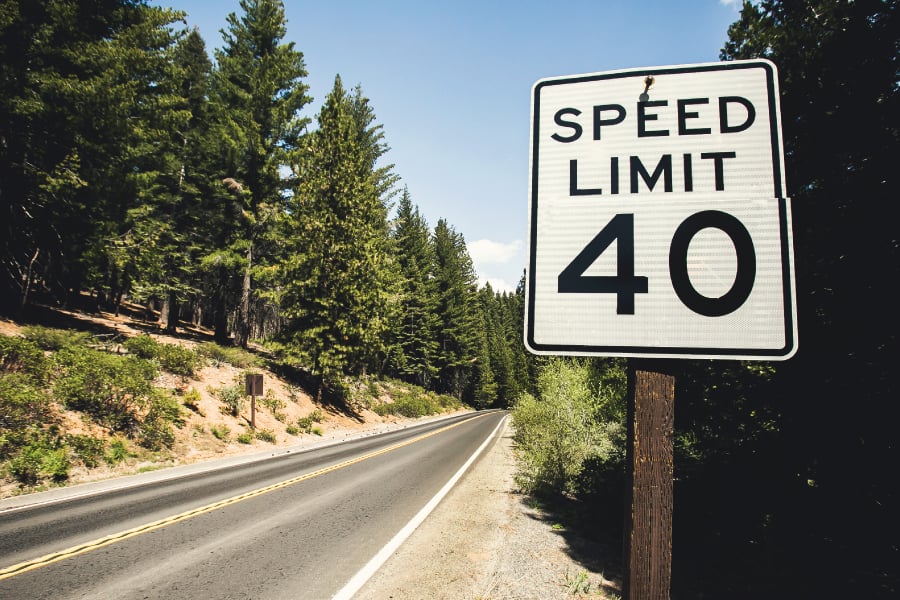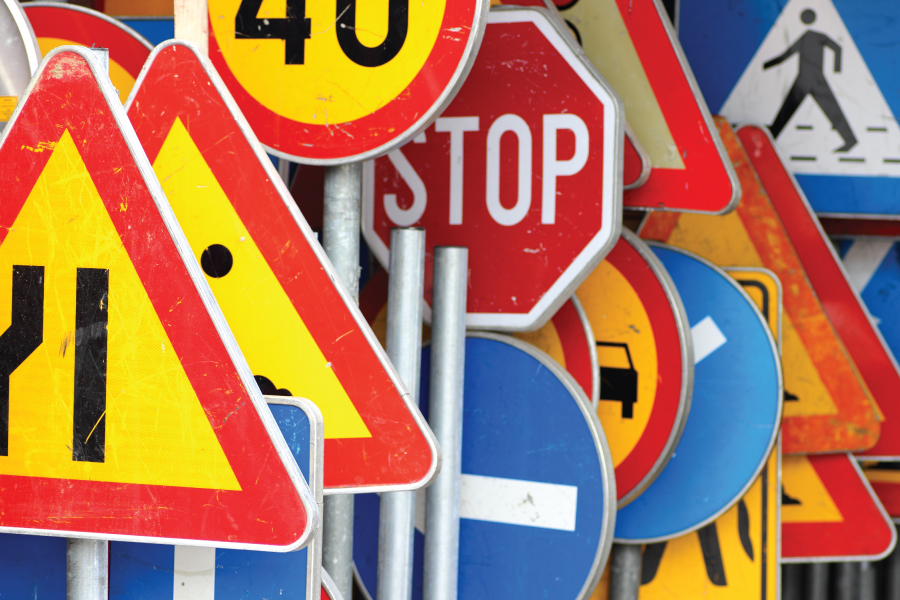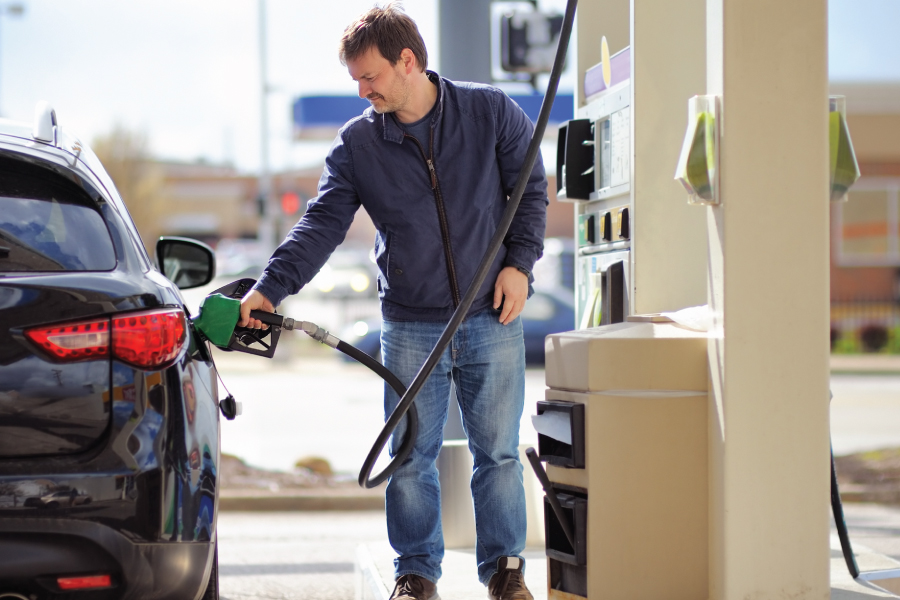Tread Lightly
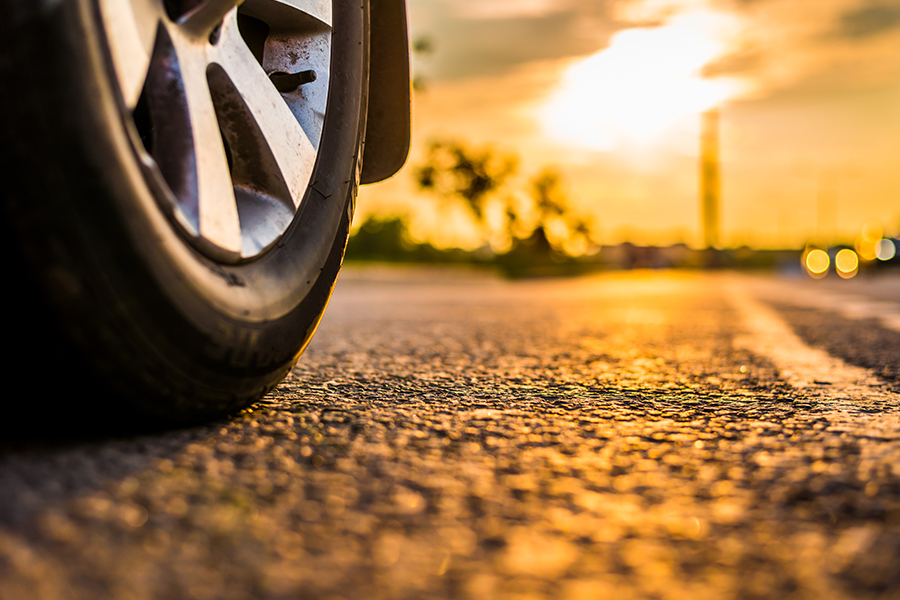
Afternoon downpours could spell disaster for millions of road trippers this rainy season, thanks to an unlikely suspect – tires. Research from AAA reveals that driving on relatively worn tires at highway speeds in wet conditions can increase average stopping distances by a staggering 43 percent, or an additional 87 feet — more than the length of a semi-trailer truck — when compared to new tires. With nearly 800,000 crashes occurring on wet roads each year, AAA urges drivers to check tread depth, replace tires proactively, and increase following distances significantly during rainy conditions.
In partnership with the Automobile Club of Southern California’s Automotive Research Center, AAA conducted testing to understand performance differences at highway speeds between new all-season tires and those worn to a tread depth of 4/32” on wet pavement. AAA research found that:
- Compared to new tires, tires worn to a tread depth of just 4/32” exhibit:
- An average increased stopping distance of 87 feet for a passenger car and 86 feet for a light truck.
- A 33 percent reduction in handling ability, for a passenger car and 28 percent for the light truck on average.
While AAA’s research found that tire performance does vary by brand, price is not necessarily an indicator of quality. In fact, worn tire performance deteriorated significantly for all tires tested, including those at a higher price point. AAA advises shoppers to research options carefully before selecting a replacement tire for their vehicle, and never choose one based on price alone.
Unfortunately, current industry guidelines and state laws and regulations frequently recommend that drivers wait until tread depth reaches 2/32” to replace tires. Not only does this recommendation jeopardize a driver’s safety, it minimizes manufacturer warranty costs and is often paired with environmental concerns. By prioritizing safety, AAA maintains that tires should be replaced once the tread depth reaches 4/32”, when stopping distances have already begun to deteriorate significantly. AAA’s comprehensive evaluation of tire tread laws and regulations across U.S. states found a state requirements range from inadequate to non-existent.
In wet conditions, tires can completely lose contact with the road and skid, also known as hydroplaning. The depth of a tire’s tread plays a significant role: the lower the tread depth, the more likely a car will hydroplane. AAA recommends the following precautions for drivers navigating rain soaked roads:
- Avoid the use of cruise control in order to respond quickly if the car loses traction with the road.
- Reduce speed and avoid hard braking and making sharp turns.
- Increase following distance to allow for ample space if a sudden stop occurs.
- If the vehicle begins to hydroplane, gently ease off the accelerator and steer in the direction the vehicle should go until traction is regained. Do not brake forcefully as this can cause the vehicle to skid.
AAA’s network of more than 7,000 Approved Auto Repair providers can be found at AAA.com/AutoRepair. AAA members can receive a free maintenance inspection anytime they have work performed at any of these locations.

